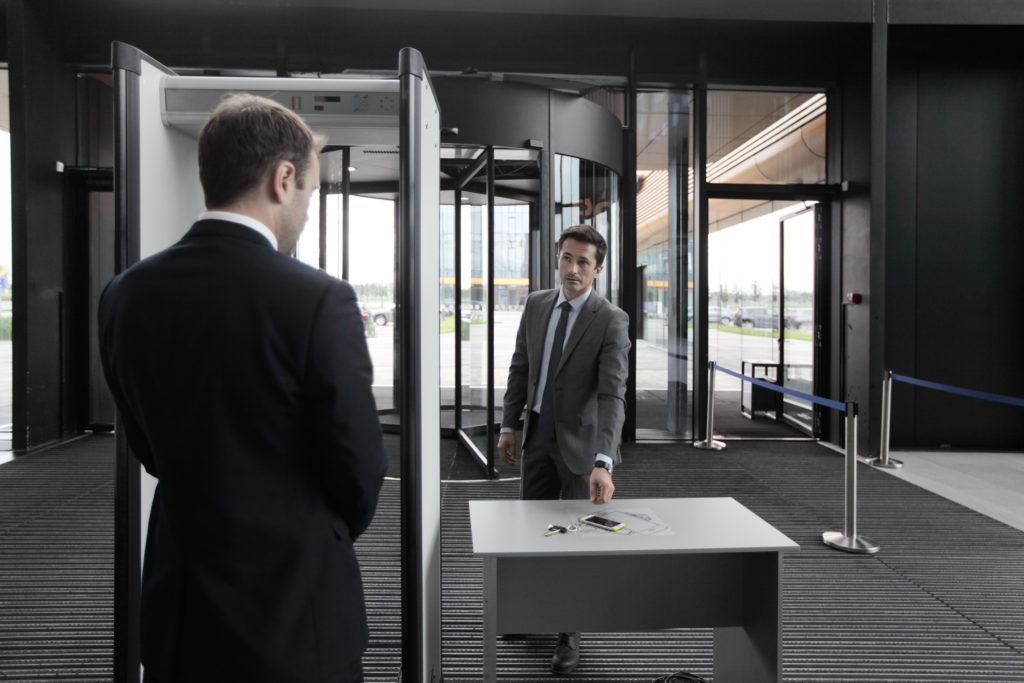Irra Ariella Khi, CEO of VChain, discusses some of the challenges in creating a truly frictionless end-to-end security experience, enabling passengers to go from curb to gate without breaking their stride
As the traveling population continues to increase, and passengers travel more and more frequently, people now expect more efficient journeys than airports are currently able to provide.
IATA’s vision of ONE ID for airlines – an “end-to-end passenger experience that is secure, seamless and efficient” – is looking to revolutionize air travel and ease the strain that this increased volume of passengers is putting airport infrastructure under.
ONE ID is a concept that is as intuitive as it is ambitious, providing passengers with a frictionless airport experience that allows them to get from the entrance to the gate without breaking their stride.
Research from IATA highlights rising customer expectations for convenience, with the majority of passengers now finding a queueing time of longer than 10 minutes unacceptable. Passengers are looking for more and more ‘ready to fly’ options, such as validating travel documents and checking-in bags from home before departure. Essentially, any solutions which reduce the time they have to spend in the pre-departure area. Therefore, a seamless airport experience may be required to keep passengers happy in the not-so-distant future, and a necessity to future-proof against the constantly increasing volume of passengers.
An equally important motivation behind ONE ID is the desire to improve the collection and accuracy of passenger data and, in turn, airport security. As it stands, carriers are unable to share data about passengers, and so are forced to rely on one-off document checks.
The inefficiency of this approach is only worsened by the fact that travelers are, on average, only 50% accurate when filling out the Advanced Passenger Information (API) required to fly. Therefore, airlines waste time and resources checking the identity of each passenger multiple times and spend considerable sums of money correcting data. Governments administer heavy fines to airlines that fail to provide accurate passenger data and the demand for data quality is increasing.
The solution proposed by IATA is digital proof of identity through a token, which includes both the passenger’s travel documents and boarding pass. The ONE ID token would be submitted by the passenger before travel, being used repeatedly to identify the passenger as they move through the airport. The passenger’s identity would be biometrically verified without the passenger ever having to stop or identify themselves.
However, while the entire aviation industry would probably agree that there are clear benefits to this vision of ONE ID, there are challenges that must be overcome in order to make this vision a reality.
The first issue is that the quality of passenger data must be improved in order to meet the necessary standard for ONE ID. This would require the widespread adoption and standardization of biometric verification solutions, in order to facilitate the seamless identification of passengers in airports. Although many airports have deployed some form of biometric verification, these proof-of-concept solutions have not yet emerged beyond the pilot stage to become widespread and consistently used.
In addition to this, the success of ONE ID is reliant on the ability to share and verify passenger information between airlines, which is currently not possible. Without a trusted system for sharing data, airlines have to keep it siloed in their own systems, which is why the same passenger’s ID must currently be checked multiple times.
So, what is the solution? It’s the blockchain, which was specifically designed to overcome the challenges of trustless ecosystems such as this. On the blockchain, data can be shared as a token, meaning it is never exposed in transit. Data is also decentralized on the blockchain, meaning there is no central store that can be hacked or breached. Therefore, blockchain solutions provide what is known as ‘privacy by design’ – which references systems where data security and obscurity are built into the system, rather than added in retrospect. Independent security testers found that it would take millions of years to hack just one passenger ID held in the blockchain.
This security is critical, allowing ONE ID to increase the accuracy and efficiency of identification, while maintaining the privacy of personal data. However, due to new requirements such as the General Data Protection Regulation (GDPR), there are now much tighter controls on the handling of personally identifiable information (PII). The highest standards of data privacy will have to be upheld for ONE ID to be internationally adopted.
How will ONE ID move from a vision to reality? This will happen once data tokens are able to be shared between airlines, the airport and government regulators via a trusted system – where data is secure, and its quality is guaranteed. Although there are some hurdles to overcome before ONE ID can be fully realized, this new airport experience may become a reality much sooner than expected.
Bio:
 Winner of Duke of York’s and IATA innovation awards, Irra Ariella Khi works with airlines and government agencies, including the world’s third largest airline group – IAG – owner of British Airways. She is currently serving as CEO of VChain Tech, named by IBM Security as a GDPR-compliant Identity as a Service (IaaS) solution for the aviation industry. Irra speaks nine languages, has a first class master’s from Oxford, multiple patents for VChain, and has co-founded three other businesses.
Winner of Duke of York’s and IATA innovation awards, Irra Ariella Khi works with airlines and government agencies, including the world’s third largest airline group – IAG – owner of British Airways. She is currently serving as CEO of VChain Tech, named by IBM Security as a GDPR-compliant Identity as a Service (IaaS) solution for the aviation industry. Irra speaks nine languages, has a first class master’s from Oxford, multiple patents for VChain, and has co-founded three other businesses.

